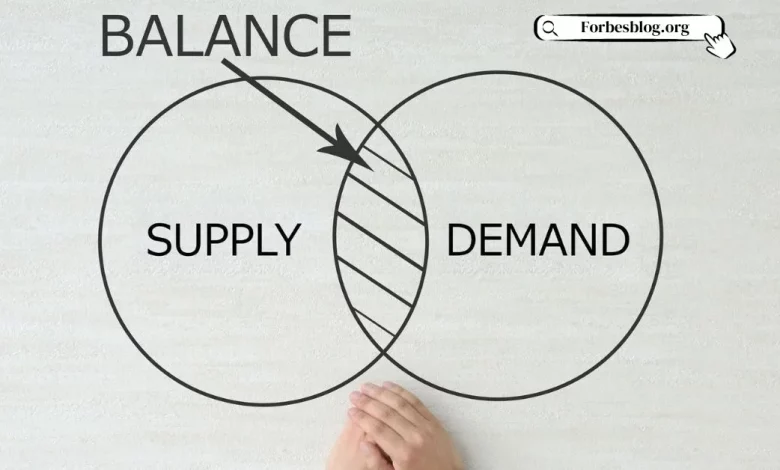Essential Roles of Demand Planning to a Business

Demand Planning is one of the most powerful tools that managers have to assess and mitigate risks in the supply chain. It refers to a strategic process within supply chain management that utilizes forecasting, capacity, inventory analysis, and logistics to identify potential risks in demand and supply and find ways to mitigate or eliminate these risks. This, in turn, allows businesses to serve customers better while avoiding costly mistakes and disruptions. There are many different roles that this powerful tool can play inside a broad range of business types to help achieve success. The following article will discuss some of those critical functions:
Table of Contents
1) Forecasting Tool
Forecasting is one of the most commonly used functions within the demand planning process. It is vital to retailers, distributors, and manufacturers because it helps gauge future product demand. Forecasting is also helpful in predicting demand from new customers and identifying potential opportunities for business growth.
2) Sourcing Tool
Another essential function of this vital tool for manufacturers is sourcing. Suppose a manufacturer plans to increase their production capacity but does not have enough supply to cover the increase in production. In that case, it often means that they will be put in a position to cease operations until their suppliers can fill this gap. For this reason, there are strong links between the demand planning process and purchasing and procurement techniques.
3) Supply Management
The planning process is also essential in supply management. It is one of a leader’s first steps to identify potential supply issues. Leaders can do this by examining current orders and comparing them to expected orders. The analysis should include inventory levels, pricing, and current demand trends.
4) Capacity Planning Tool
Another role that the process plays in supply management is as a tool for capacity planning. Capacity planning will help leaders determine how much space to allocate for various functions within the supply chain, such as transportation and warehousing.
5) Customer Focus Tool
Planning is also very useful in helping companies focus on their customers. Companies can analyze demand trends and compare them to current demand levels. This type of a demand plan will allow companies to identify potential risks in their supply chain that could harm their brand and customer relations.
6) Risk Mitigation Tool
A demand plan process is also a vital tool in risk mitigation. It allows companies to identify potential threats to supply and demand and determine the best ways to mitigate these threats. The retail industry is an excellent example of this. Retailers use the process to help them predict how much inventory they need on hand, how much they will sell in the future, and how much they might need to pre-order items offered at deep discounts.
7) Benchmarking Tool
Benchmarking is another role that the demand process plays in supply chain management. Companies use it to measure and report on an organization’s current performance against goals established by the organization. They can also monitor current trends and challenges in supply chain management. Analyzing how suppliers are doing against each other can provide a great deal of insight into benchmarking processes.
8) Customer Relationship Management
Planning is also a vital tool in managing relationships with customers. Organizations can use it to identify potential risks and opportunities for the company, its supply chain partners, and its customers. This type of demand plan is beneficial for monitoring customer markets and competitors.
9) Business Strategy Plan
The demand process is also vital to leaders of manufacturing companies, as they need to create a clear understanding of the business strategy that their company intends to achieve. Business strategy requires producing and distributing goods and obtaining inputs such as raw materials and labor. For businesses to create supply in this way, they must efficiently manage these various stages to minimize risks for the company.
Conclusion
Companies often use demand planning as a backbone for other functions within the supply chain, such as sourcing and capacity planning. It has become increasingly important to businesses over the last few decades, and there is no sign that this trend will slow down anytime soon. Many companies utilize some form or another of demand plan process to ensure that they can effectively address issues related to them.




